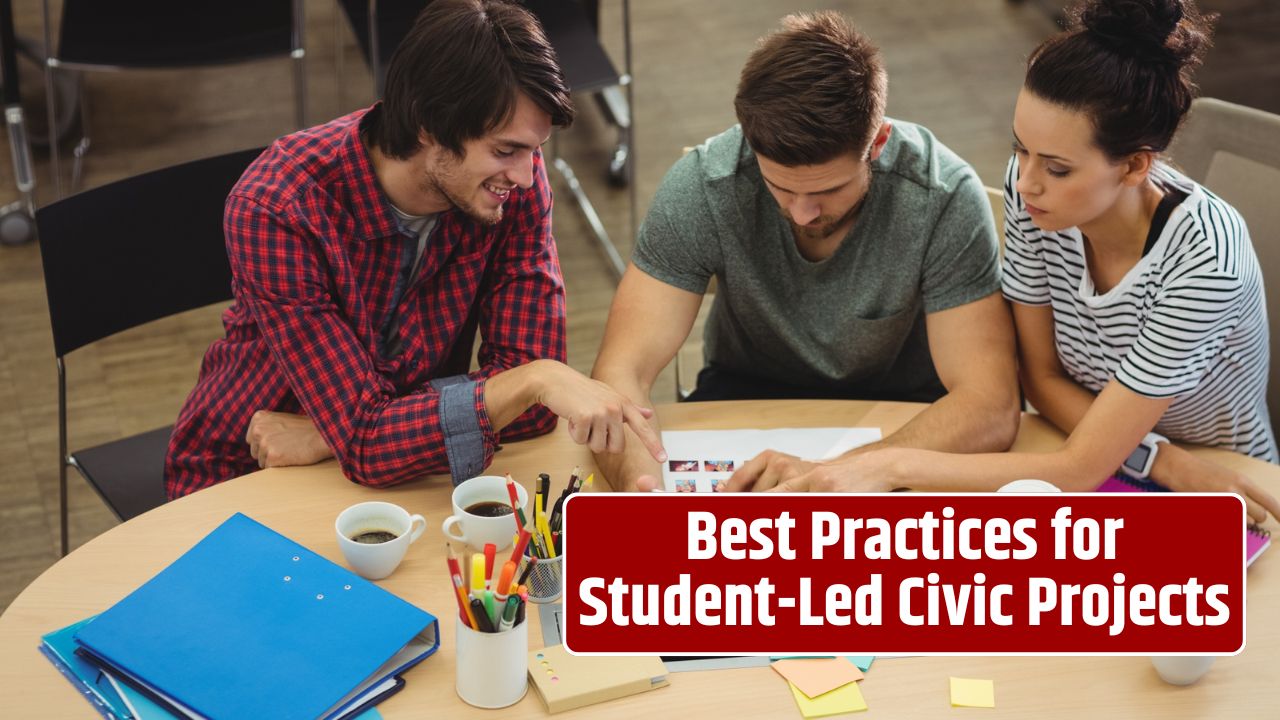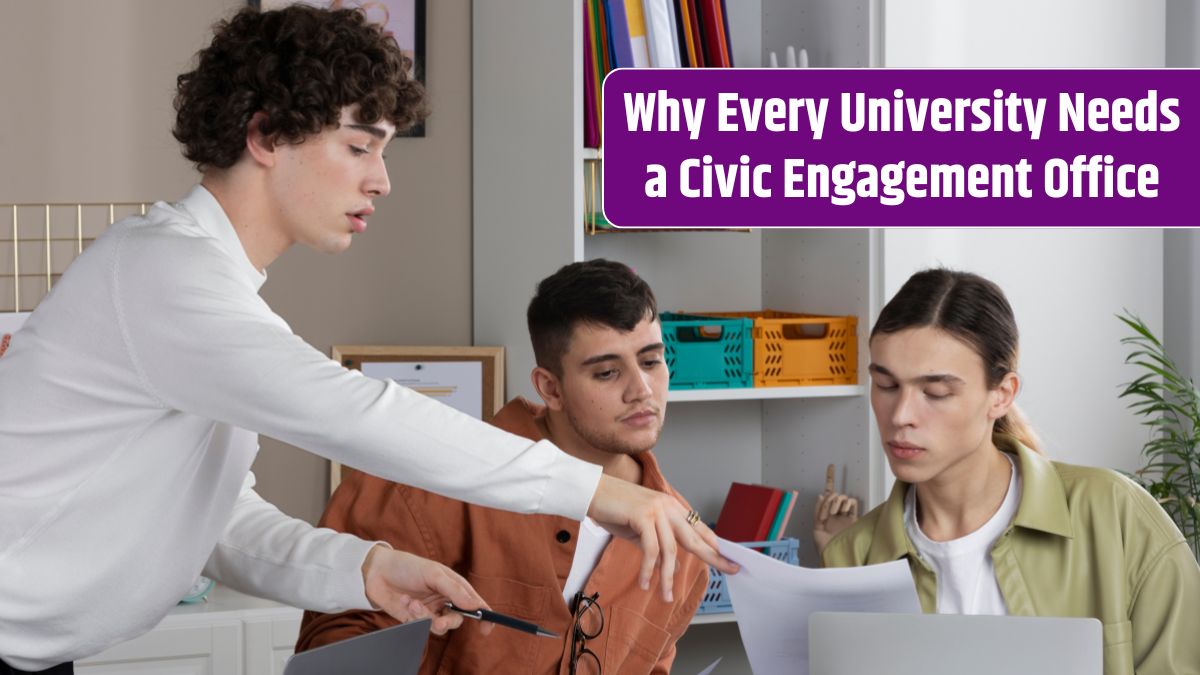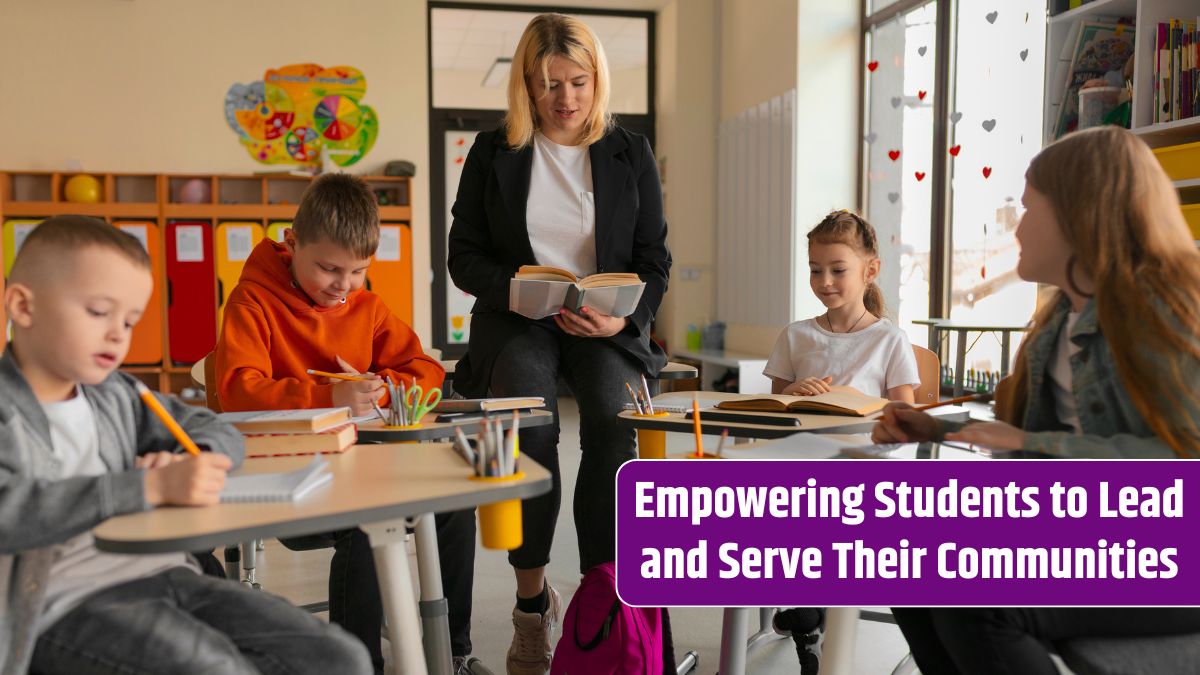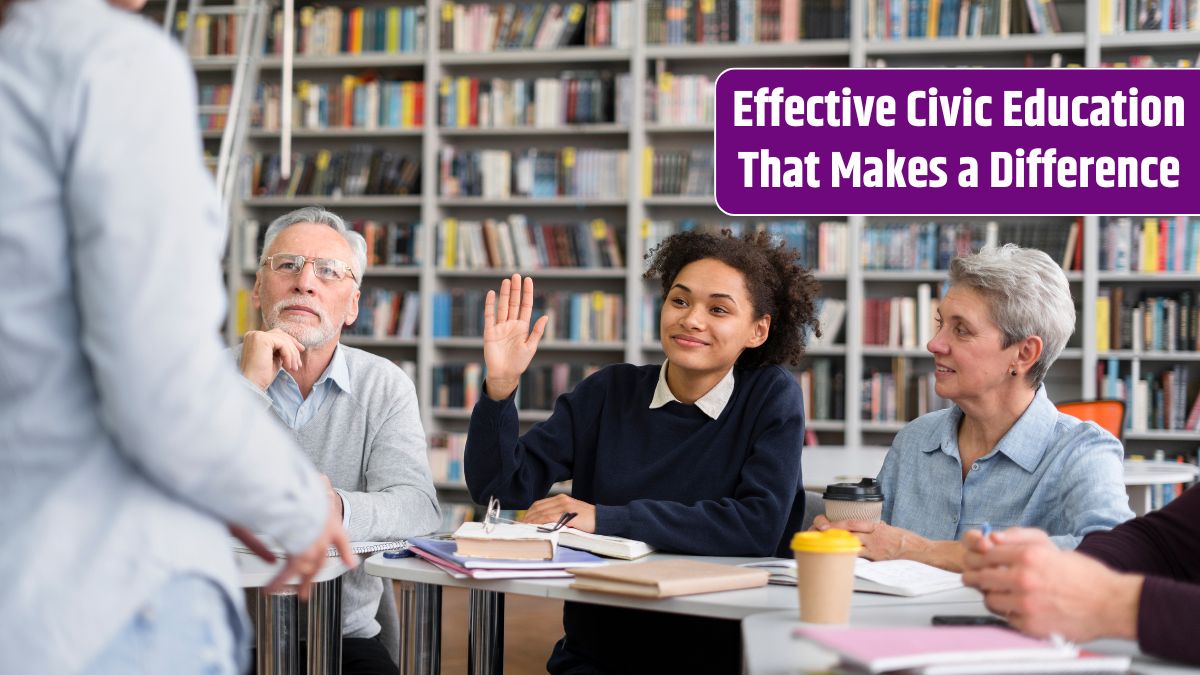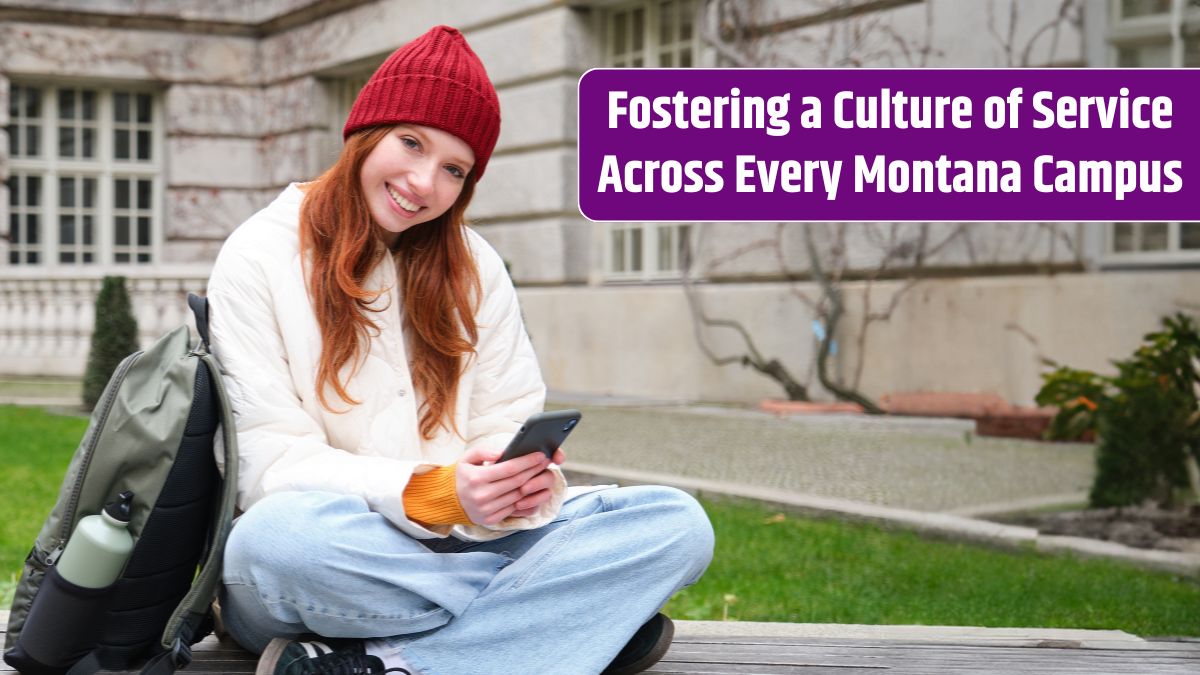Student-led civic projects are a dynamic way for young people to take initiative, engage with their communities, and drive meaningful change. When structured effectively, these projects help students develop leadership, problem-solving, and collaboration skills while making a tangible social impact. But what separates a well-intentioned idea from a truly effective civic initiative?
Here are the best practices to ensure student-led civic projects are not only successful but also sustainable and educational.
Table of Contents
Start with a Real Need
Before planning begins, it’s essential to identify a genuine community need. This involves research, listening to local voices, and avoiding assumptions.
Tips:
- Conduct interviews with community members
- Host listening sessions or surveys
- Partner with local organizations for insights
Example: Rather than launching a recycling drive on campus because it seems like a good idea, students might find that the real issue is a lack of access to composting services in the community.
Align with Personal Passions and Skills
Projects that reflect students’ interests are more likely to succeed. When team members are passionate about the cause, their energy and commitment fuel long-term momentum.
Advice:
- Conduct a team skills inventory
- Assign roles based on strengths (e.g., writing, outreach, logistics)
- Encourage reflection on how the project aligns with personal or career goals
Set Clear Goals and Metrics
Civic action should be intentional. Students must define what success looks like and how they’ll measure it.
Use SMART goals:
- Specific: What exactly are you trying to change?
- Measurable: How will you track progress?
- Achievable: Is your goal realistic?
- Relevant: Does it serve the community need?
- Time-bound: What’s your deadline?
Example Goal: “Reduce food waste at our college dining hall by 30% within six months through an awareness campaign and leftover donation program.”
Build Strong Community Partnerships
No project happens in a vacuum. Collaboration with nonprofits, civic leaders, schools, and local businesses brings credibility and resources.
Best practices:
- Approach partners with respect and professionalism
- Offer mutual benefits (e.g., student volunteers for visibility)
- Maintain regular communication and updates
Involve Diverse Voices
Inclusivity isn’t optional—it’s vital. A civic project should reflect the diversity of the community it serves. Including a range of perspectives from the planning stage helps avoid blind spots and increases impact.
Strategies:
- Create an advisory group with representatives from different backgrounds
- Ensure multilingual or accessible materials if needed
- Use inclusive language and imagery in all communications
Incorporate Reflection and Learning
The “civic” aspect of a project should go hand-in-hand with student learning. Reflection allows students to connect their experiences to academic or personal growth.
Ideas for reflection:
- Journaling or blogging
- Group debriefs
- Presentations to peers or faculty
- Linking project outcomes to coursework
Promote Accountability and Documentation
Track responsibilities and progress. This helps avoid burnout and ensures the project remains organized.
Tools to use:
- Project management platforms (Trello, Asana)
- Shared calendars
- Weekly check-ins
- Documentation logs for outcomes and challenges
Also, documenting the project journey can help with future grants, school reports, and passing the baton to the next group.
Plan for Sustainability
Many student-led projects face a common problem: they end when the students graduate. Think ahead to maintain momentum.
Tips:
- Recruit underclassmen early
- Create a transition plan with detailed handover notes
- Advocate for institutional support (e.g., funding or a staff advisor)
Celebrate and Share Success
Recognizing achievements boosts morale and inspires others to get involved.
Ways to celebrate:
- Host a wrap-up event
- Share results on social media or school platforms
- Present to local stakeholders or governing bodies
Student-led civic projects are powerful tools for both community transformation and student development. By following these best practices—rooting in real needs, building partnerships, reflecting deeply, and planning for longevity—students can turn their ideas into impactful, lasting change.
FAQs:
Do student civic projects have to be large-scale to matter?
Not at all. Even small, focused initiatives—like a voter registration drive or a neighborhood cleanup—can have big local impacts.
How can faculty or staff support student-led civic projects?
By offering guidance without taking control, helping connect students with resources, and supporting academic integration.
What’s the biggest mistake student groups make in civic projects?
Skipping the research and planning phase. Good intentions alone aren’t enough—successful projects are rooted in real need and thoughtful design.

